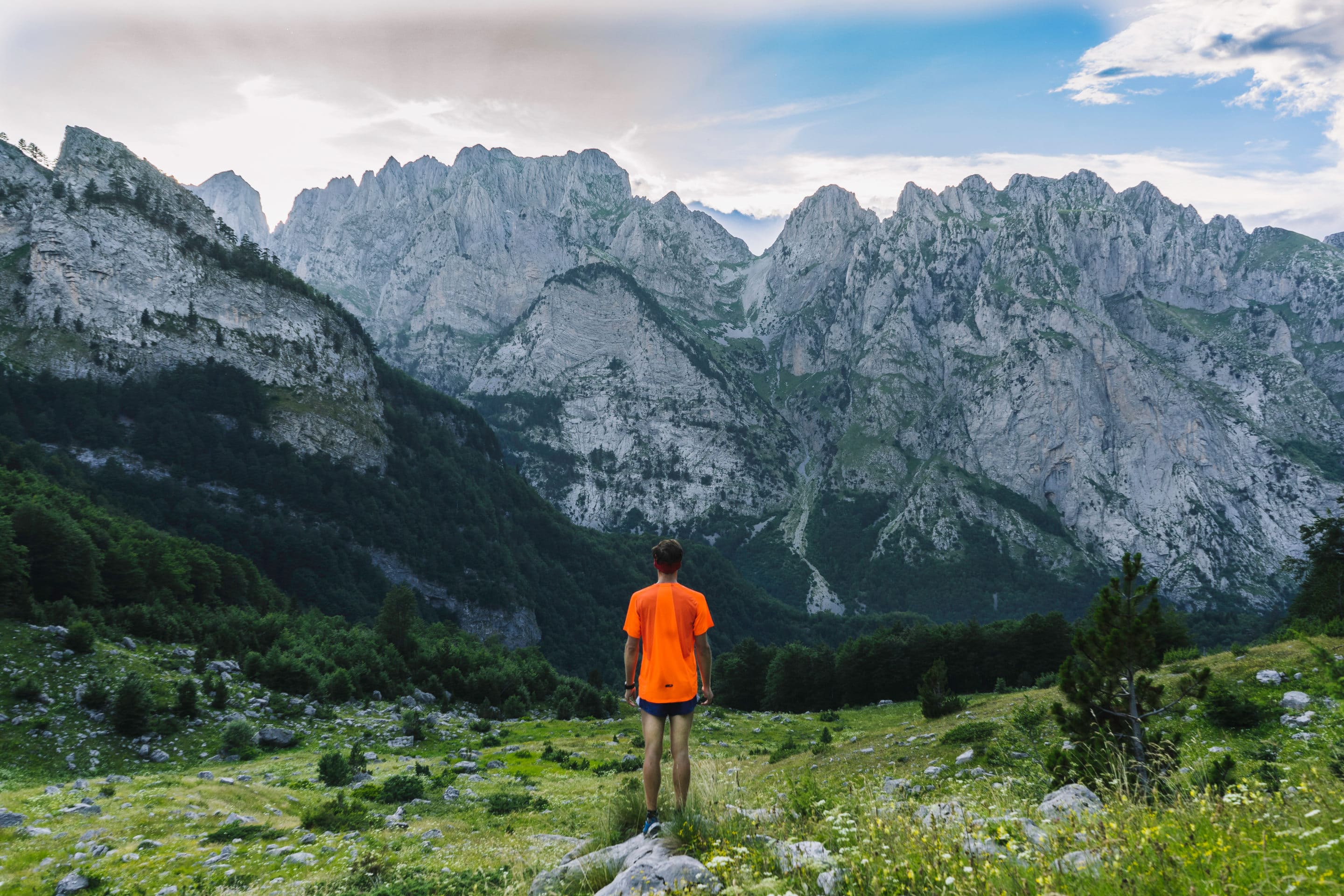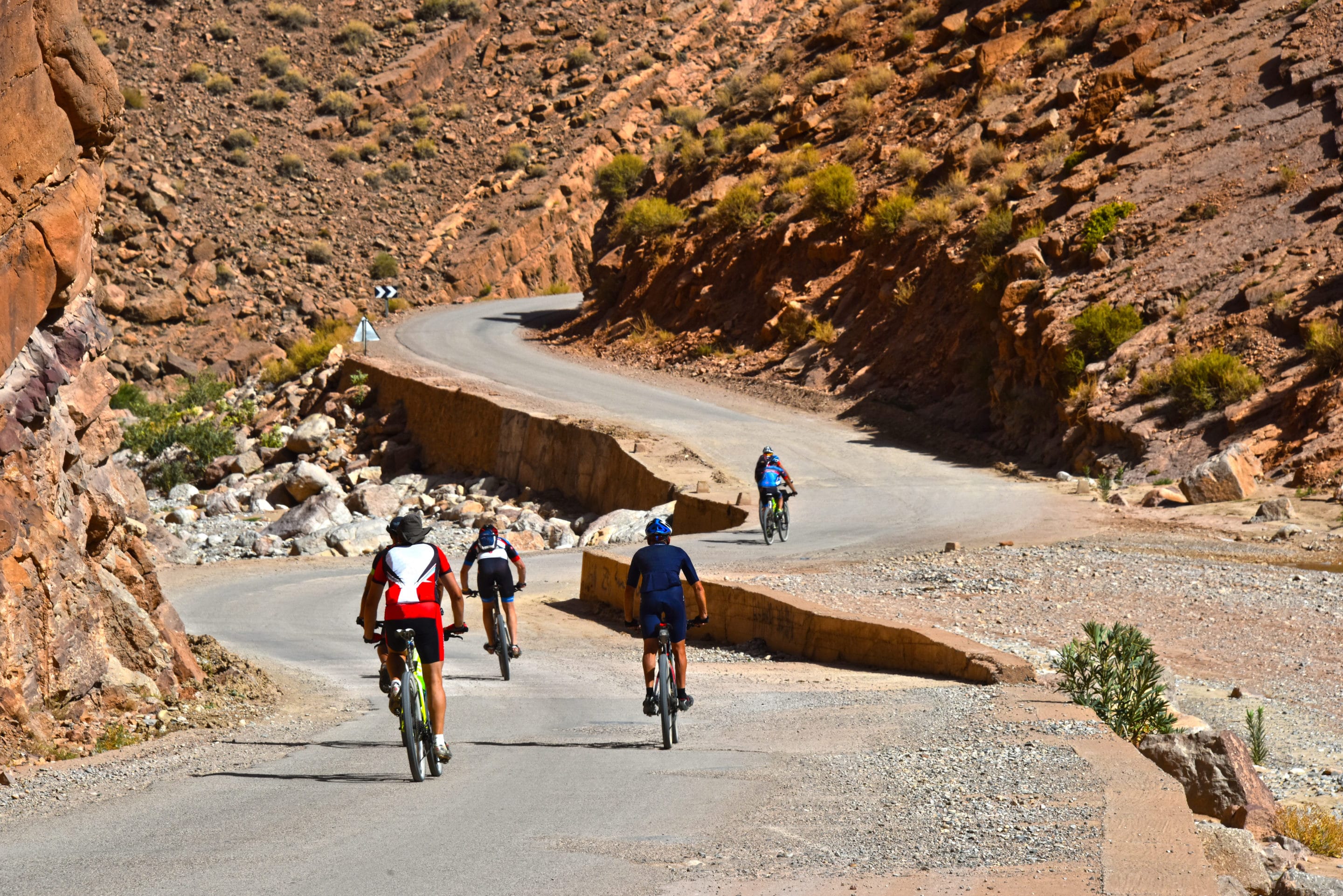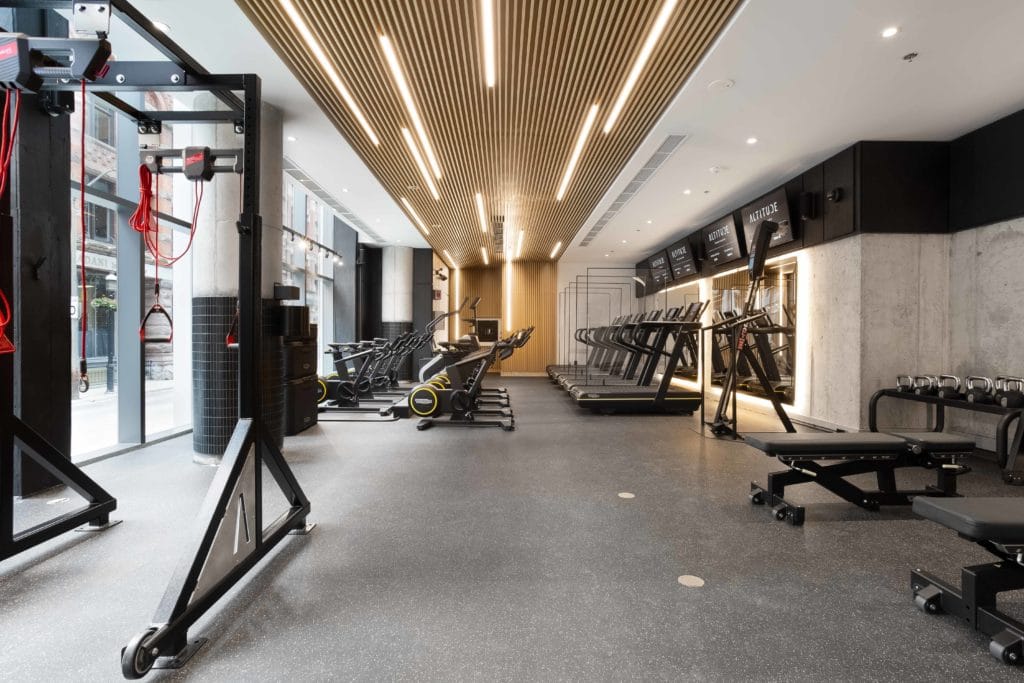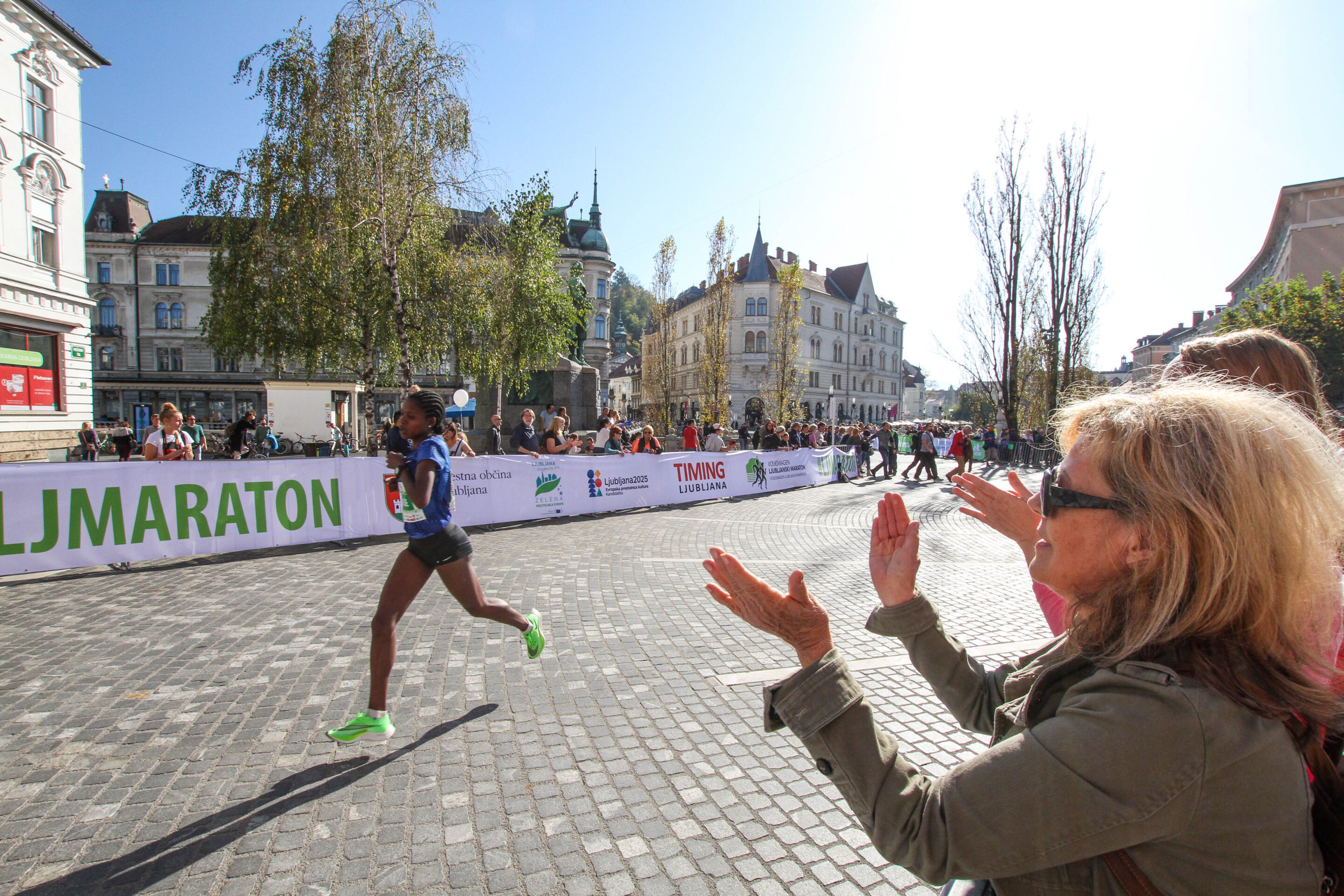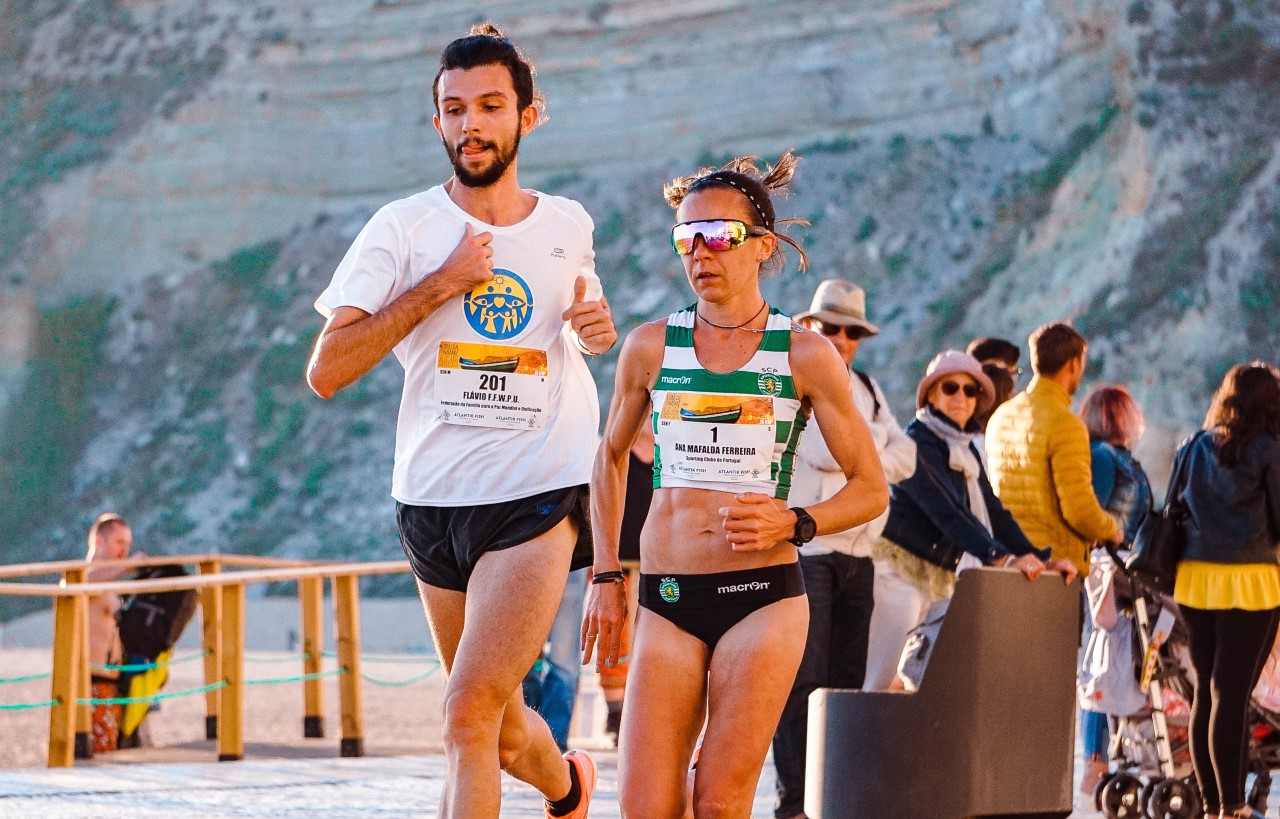Endurance Training: Choosing the Right Plan for You
So you’ve decided to train for a bigger race. You’ve signed up for a half marathon, full marathon, or maybe even tackling a multi-sport event like a duathlon or triathlon. Regardless of your chosen path, developing a proper training program becomes paramount with longer distances as both your propensity for injury and the demands on your body increase exponentially.
Whether you’re charting your own training plan or have a coach to help guide you, it’s important to know what kinds of workouts exist and how they are beneficial or detrimental to your overall training goals. You can think of types of runs as falling into one of three categories: endurance building, speed building, and recovery.
Think of a car – the long run is going to increase the size of your gastank; it’s how much fuel you can hold and how far you can go on a tank of gas. Speed runs are how efficient your use of the tank of gas is. Of course you want to be a new and clean-burning eco-efficient vehicle who can go miles and miles on a single tank rather than a big trucking gas guzzler that needs to stop twice on a road trip to top up!
Long Runs
Long runs are the bread and butter of endurance athletes. The most surefire way to be sure you can prepare properly for a long event is to always prioritize mileage in the “low and slow” fashion. If you have to miss workouts in a week, really try to not miss this one.
- The long run should make up 20-30% of your total weekly mileage and is usually over 60-90 minutes. They should be done at a pace much slower than your race pace – you should be conversational. The point of these runs is to grow your cardiovascular endurance, improve muscle fibre resistance and breakdown, and improve the efficiency in which your body breaks down fuel. You will need to fuel these runs and always remember to recover well afterwards. These are key to improving fitness.
Speed Runs
Speed runs are typically done at tempo pace or as intervals. The primary purpose is to reduce energy expenditure at submaximal exercise through improved sodium and potassium pump activity. In English – fatigue at a given intensity is delayed so you can go faster for longer. There are two main types of speed runs that help develop these pathways:
- Tempo runs: Are done typically at a pace slightly slower than your 5k pace. They are fast, but sustainable. You should be able to hold this pace for 20 minutes, but it should be difficult.
- Interval runs: Are short, intense efforts followed by equal or slightly longer recovery time. The pace should be harder than race pace. The idea here is to maximize cardiovascular efficiency, develop power, good form, and work on mental grit and persistence.
You should NOT be doing more than 2 speed runs per week as they are challenging on the body and require some time to recover from.
Easy or Recovery Runs
- These are exactly what they sound like – shorter to mid-distance runs throughout the week that let you improve blood flow to tired muscles, let you mentally relax and unwind, and improve recovery.
Types of Endurance Training Plans
While there are many approaches to training, they tend to come back to two main philosophies. The first is a combination of speed runs and long runs. The second focusses on less speed work and longer, slower mileage.
Advantages and Disadvantages
Each plan has its own set of pros and cons – it’s important to consider your goals, experience level, injury status, and time available for training when selecting the plan for you.
Speed-based programs tend to be slightly lower mileage than volume-based programs. This means you can spend less time training during the week getting mileage in. However, some of the workouts will include moderate to high-intensity workouts which are both physically and mentally taxing. And depending on your history, can increase your likelihood of injury as these workouts can require a significant amount of recovery.
Doing another hard run too soon after a hard workout can end up being a setback rather than an advantage if the weeks haven’t been planned ideally. Furthermore, it’s been shown that more than two hard speed workouts per week (even for a seasoned veteran runner) is too heavy a training load. The risk is you end up decreasing race day performance. If you choose this style of training, it’s important that you have a good sense of your body and can quickly adjust if you sense that you’re getting more fatigued or beginning to risk injury. We usually recommend this style of training for athletes who have been training consistently for at least two years.
Volume-based programs are exactly what they sound like – more mileage, but at lower speeds the majority of the time. The downside with these plans is that you will have to be prepared to spend more time simply being on your feet. The upside is that you can avoid the torturous hard speed workouts if that’s less your jam. There is still risk of injury with these plans, but if mileage is properly progressed, the risk is generally a little bit less. Athletes with less experience looking to tackle big races are often better to stick to this type of plan.
Choosing a Plan
You can sometimes find a generalized endurance training plan for free online or through different apps. Remember these are just that – generalized plans. If you have a very big goal upcoming though, we tend to suggest something that is catered to you as an individual. You can find these online. Otherwise, if you really want to be specific, hiring a coach is always your best bet. This is the best way to have an endurance training plan created to your specific needs and goals. Also, your plan can be adjusted quickly and efficiently if aches or pains begin to go awry.
When choosing an endurance training plan or a coach though, be honest with yourself and with them! Don’t overestimate your current times or paces as these will serve as a baseline in which the program is based off of. Overshooting these numbers will immediately increase your chance of getting hurt – trust the process. It’s science, and it works! And above all – remember it’s supposed to be fun. So if you miss a day here or there, don’t fret! As long as you’re generally consistent, results will come. Happy training!
Read more about how Altitude can benefit endurance athletes: ENDURANCE
About the Author
Lauren Roberts is a Registered Physiotherapist and Founder of The Running Physio in Toronto. For more information on her team, the clinic, and for more running and endurance sport blogs, visit www.therunningphysio.ca.






